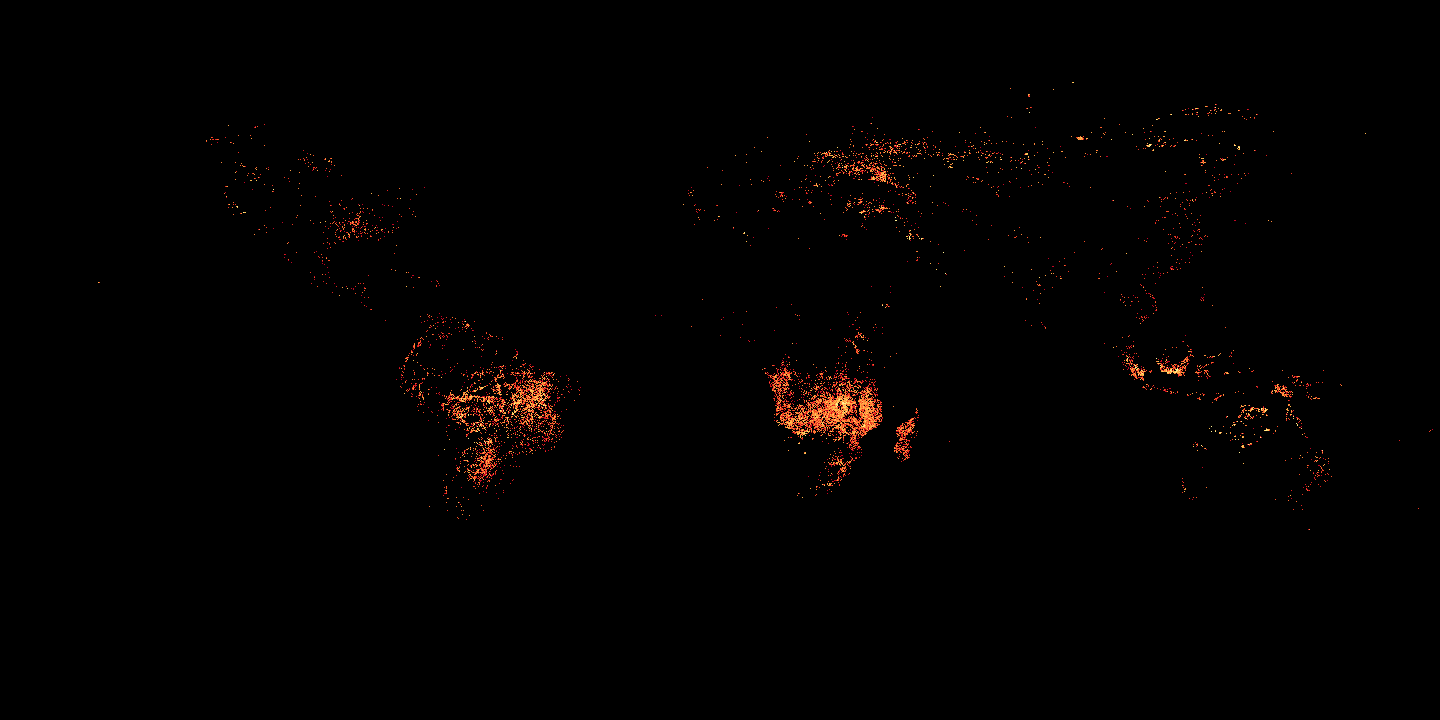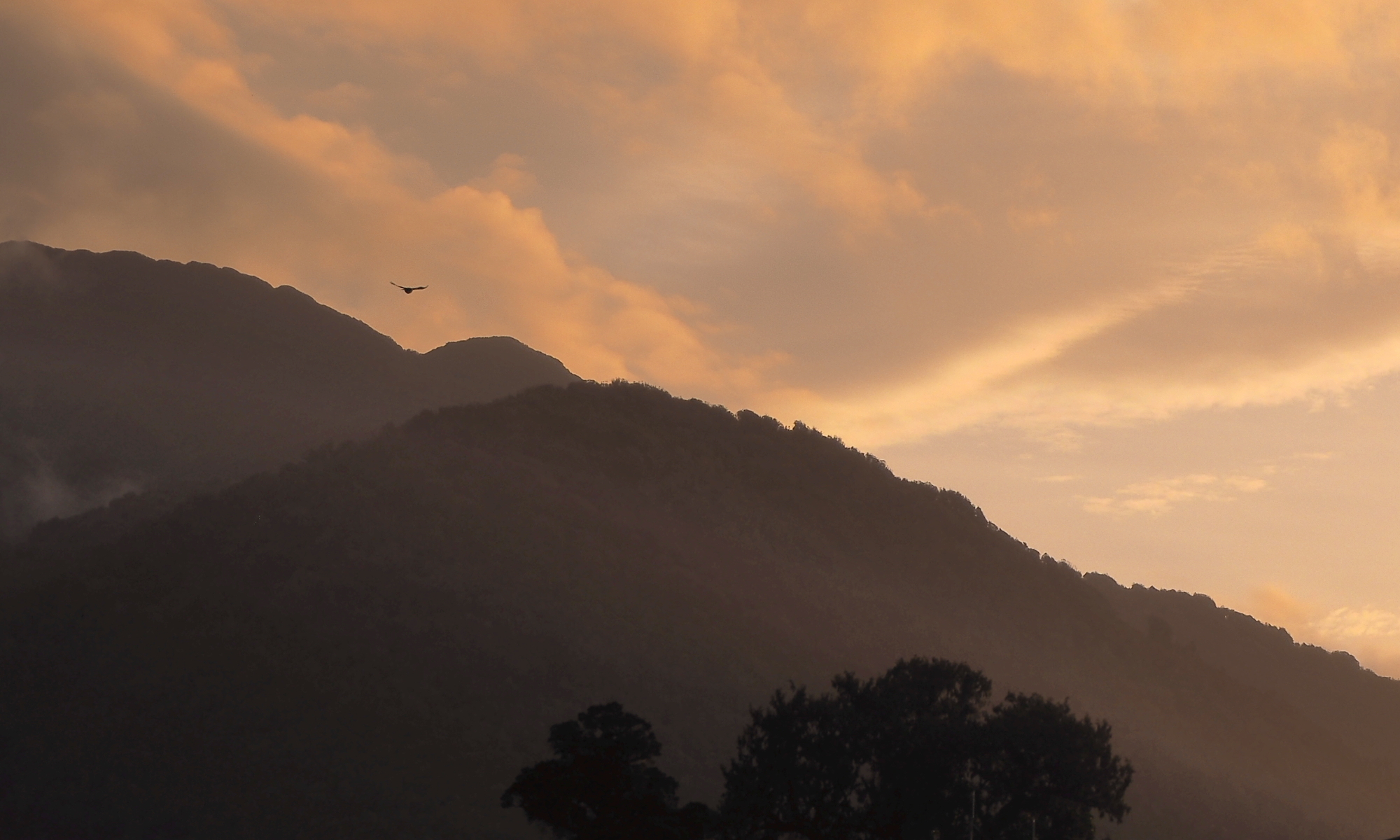Originally shared by ****
// “Yes, we do agree on a number of issues, and by the way, on her worst day, Hillary Clinton will be an infinitely…
Originally shared by Lauren Weinstein
// “Yes, we do agree on a number of issues, and by the way, on her worst day, Hillary Clinton will be an infinitely better candidate and president than the Republican candidate on his best day,” he said. //
more important than it might seem…
more important than it might seem…
Those NASA people are really artistic…
Those NASA people are really artistic…
A Tremendously Useful DSLR Astrophotography Tutorial from Tony Hallas.
Originally shared by AstroBackyard
A Tremendously Useful DSLR Astrophotography Tutorial from Tony Hallas.
It’s the Supreme Court
It’s the Supreme Court
Title

Originally shared by Maximilian Montserrat
Germany Files War Crimes Against Bush, Cheney, Rumsfeld And Other CIA Officials
Originally shared by G. Gibson
Speaking of inconvenient truths.
Originally shared by Marcel Gagne
Speaking of inconvenient truths. Science has been described as either physics or stamp collecting. On one hand, you collect lots and lots and lots of data, looking for patterns that form part of the ‘observation, hypothesis, experimentation’ loop. Once you have enough data to generate a response, what’s left is physics, namely the natural forces that explain all the data you collected. Science is never finished because it’s always open to more stamp collecting, but we like to think that the answers we provide as we go through the loop toward the physics part of science aren’t going to get us killed. Scientists are often just curious people looking to satisfy their curiosity. If we’re lucky, the scientists share the interesting parts of their stamp collecting with us. Generally, unless they’re going up against some kind of hardcore religion, where truth can really be inconvenient, they don’t expect to receive death threats for sharing information about their stamp collecting.
Active Fires on Earth in September 2015

Originally shared by Pierre Markuse
Active Fires on Earth in September 2015
In this image you can see active fires on Earth in September 2015 imaged by the Moderate Resolution Imaging Spectroradiometer (MODIS) aboard the Terra satellite. The image is color-coded, white pixels show the high end of the count — as many as 100 fires in a 1,000-square-kilometer area per day. Yellow pixels show as many as 10 fires, orange shows as many as 5 fires, and red areas as few as 1 fire in a 1,000-square-kilometer area per day.
More active fire maps and other datasets can be found here at NASA’s Earth Observation (NEO) website:
Terra (EOS AM-1) satellite
The Terra satellite is part of the Earth Observing System (EOS, https://goo.gl/XYed36), its Moderate Resolution Imaging Spectroradiometer (MODIS) can take measurements in 36 spectral bands ranging in wavelength from 0.4 µm to 14.4 µm, another MODIS instrument is orbiting Earth aboard the Aqua satellite.
More on the Terra satellite and the Moderate Resolution Imaging Spectroradiometer (MODIS) here:
https://en.wikipedia.org/wiki/Terra_(satellite)
http://modis.gsfc.nasa.gov/about/design.php
Image credit: ACTIVE FIRES SEPTEMBER 2015 (1 MONTH – TERRA/MODIS)These Fire Maps were created by Reto Stockli, NASA’s Earth Observatory Team, using data courtesy the MODIS Land Science Team at NASA Goddard Space Flight Center http://goo.gl/IQXKix
#science #earth #fire #wildfire #modis #eos #terra #spacetechnology #earthobservation

